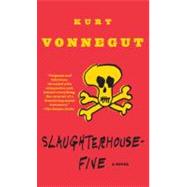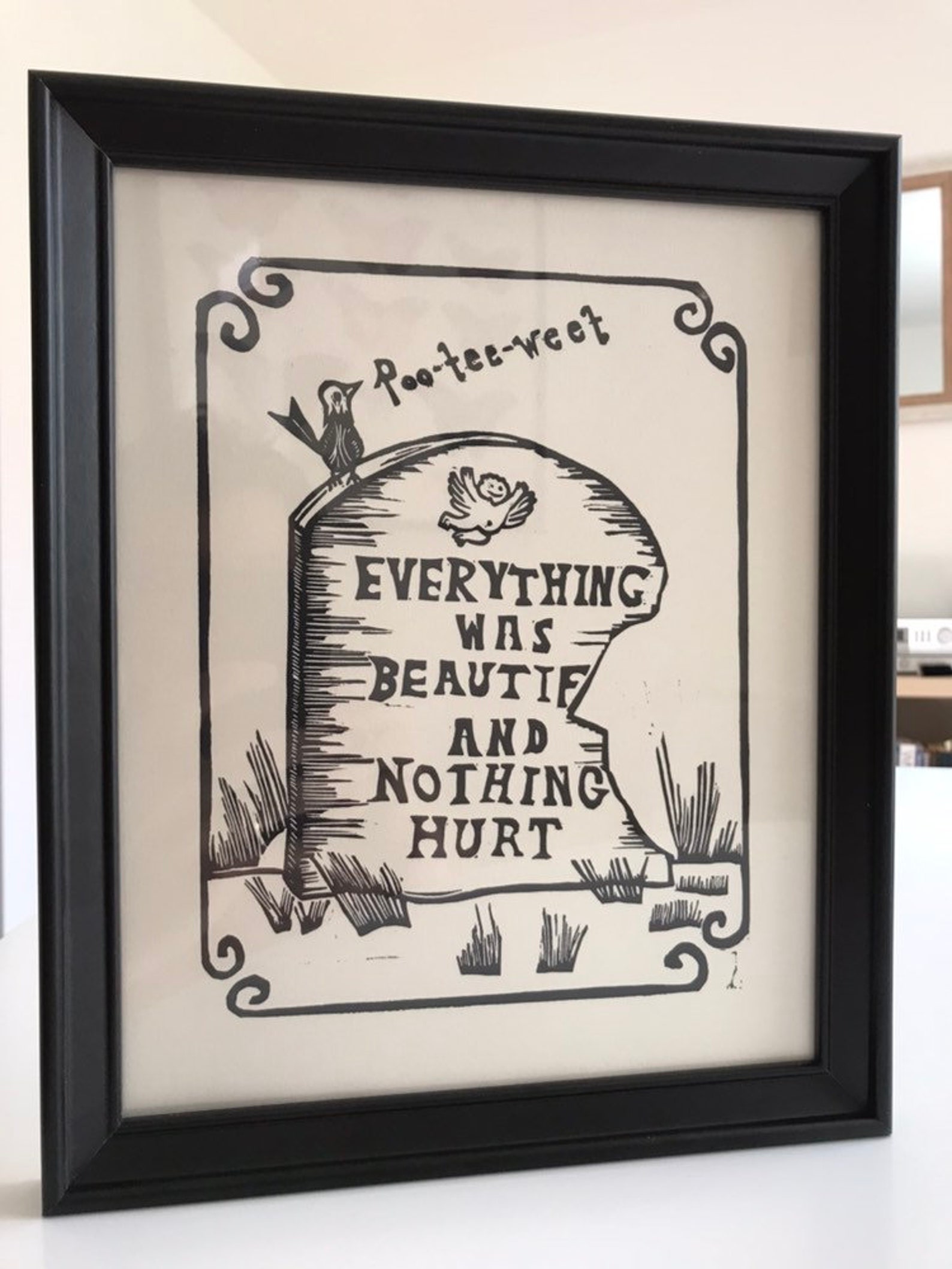


In particular, vonnegut’s “i” is creating a frame narrative in order to bring attention to the way after-the-fact narratives seem to lose their frames. (‘aaaargh! intentional fallacy!! you can’t know what the author intends.' especially if the there-is-no-author is something that cannot be referred to as the subject.) objections range from the idea that there is no author to the idea that there is no text both are roles within structures of power.īut, kurt vonnegut puts himself in the first chapter of slaughterhouse five because he intends to create a contrast, but not a division, between the frame narrative and the story. isn’t there a whole bunch of structuralist and poststructuralist theory working against this idea? why, yes. the unreliable “i” in slaughterhouse five is kurt vonnegut. As we wander searching for order or meaning, we realize that every spatial instance contains the whole, the always.I’m just going to say it. Like Billy’s perception of time, space in the suspended structure is not linear. Like Billy and Vonnegut’s aliens-who both perceive different events in time as nonchronological points in space-we visitors also understand that the fragmented spaces actually interpenetrate and that each event/space corresponds to another. Once inside the cloud, we notice that there is order. A glass and steel cloud, suspended but properly anchored and supported by fin walls made of the same material as the base. The stone foundation is as impenetrable as the idea of the Dresden bombing and it weighs on the landscape like all his years of research, memories, and attempts to understand the roots of such cruelty.īilly Pilgrim’s story is instead a light, glass, and steel structure with its own geometry disconnected from that of the base, and with intersecting fragmentary volumes. It must also contain points of contact between the unreal and the submerged stories. The structure of Billy’s imaginary and unhinged narrative leap must therefore lie upon (and rise from) the horrific weight of the unspeakable event.
#Slaughterhouse 5 poo tee weet movie
Within Billy’s absurd story, we find many references to the historical and personal events Vonnegut mentioned in the beginning we even meet the writer who, like a movie extra, appears here and there as a casual supporting element.

Vonnegut also tells us how this new book will start-“Listen: Billy Pilgrim has come unstuck in time”-and how it will end-“Poo-tee-weet?” Two lines later and “the next book” begins: it tells the surreal story of Billy Pilgrim, a young man who lives “unstuck” from chronological time (his life events, whether far apart or close, interconnect in a perennial present), who connects with an alien civilization, and relives the Dresden bombings which he, just like Vonnegut, survived. But as soon as he abandons the idea of a linear and faithful historical reconstruction, Vonnegut frees himself from the huge weight, disconnects himself from the event, and takes off. The over-five-thousand pages he had previously written are abandoned like a block of stone-history that cannot be told. How can a horrific event, so monstrous it seems incomprehensible, be told? How does one even find the words to write about it? In the opening chapter of Slaughterhouse-Five, Kurt Vonnegut recounts his being unable to write a war book about the Dresden firebombing (February 13–15, 1945), which he survived: “there is nothing intelligent to tell about a massacre.” In this new series, Matteo shares some of his designs and what they reveal about the stories they’re modeled on.
#Slaughterhouse 5 poo tee weet windows
Longtime readers of the Daily will remember Matteo Pericoli’s Windows on the World project, which featured his pen-and-ink drawings of the views from writers’ windows around the world. Matteo is also the founder of the Laboratory of Literary Architecture, an interdisciplinary project that looks at fiction through the lens of architecture, designing and building stories as architectural projects. By Matteo Pericoli JLiterary Architecture


 0 kommentar(er)
0 kommentar(er)
